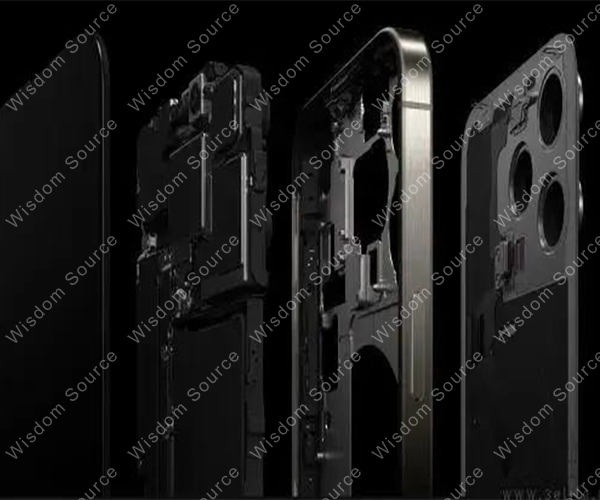The Current Situation And Future Of Titanium Alloy 3D Printing Technology In the Mobile Phone Industry
The Current Situation And Future Of Titanium Alloy 3D Printing Technology In the Mobile Phone Industry
1. Analysis Of The Current Situation
Judging from market data, China's foldable screen mobile phone shipments in 2024 will be about 9.17 million units, an increase of 30.8% year-on-year.Among them, mobile phones using titanium alloy 3D printing technology are mainly represented by Honor Magic Vs3. Although the specific sales volume has not been announced, the limited number indicates that the application of titanium 3D printing technology in the mobile phone market is relatively small, and there is still a lot of room for growth. However, more and more mobile phone manufacturers, such as Samsung, Xiaomi, etc., have begun to pay attention to and apply this technology, indicating that the market size is expected to be further expanded in the future.
2. Future Outlook
Looking forward to 2025, the application prospects of titanium alloy 3D printing technology in the mobile phone industry seem to be more optimistic. OPPO Find N5 has confirmed the application of titanium alloy 3D printing hinges. If you add Huawei, which may adopt this technology, the sales of such mobile phones may reach 2 million units. With the continuous maturity of technology and the further reduction of costs, the application of 3D printing in more scenarios such as mobile phone hinges, middle frames, and watch cases will gradually be realized, and the market scale will continue to expand. According to Citic Securities' forecast, the market size of titanium alloy 3D printing in the field of consumer electronics alone is expected to exceed 10 billion yuan, becoming a key driving force for industrial chain innovation.

3. Hidden Risks And Challenges
1) Material ”Face-Changing" Crisis: An important feature of the 3C industry is the extremely fast speed of upgrading, and the continuous iteration of new materials has become the biggest uncertainty factor in the outbreak of 3D printing in the 3C industry. If high-strength aluminum or titanium aluminum alloys become popular in the market in the future, the advantages of 3D printing of titanium alloys may disappear.
2) The Dilemma Of Process “Falling Out Of Favor”: Due to the rapid upgrading of the 3C industry, the process and supply chain are also constantly changing rapidly. Once the 3D printing process cannot keep up with the pace of development of the industry in time, it is likely to be eliminated by the market.
4. The Future Direction Of The Industry
1) Giants Lead The Industrial Upgrading: the introduction and traction of world-class manufacturers such as Apple and Huawei have helped China build a strong titanium alloy 3D printing industry chain. They have a strong influence in technology research and development, marketing, etc., and will promote technological innovation and cost reduction in the entire industrial chain.
2) Technological Innovation And Marketing Promotion: With its strong R&D strength and rich resources, major manufacturers can invest a lot of money in the research and development of 3D printing technology, and cooperate with material suppliers to jointly develop titanium alloy materials suitable for 3D printing. At the same time, the marketing promotion of major manufacturers will also further promote the popularization and application of titanium alloy 3D printing technology in the mobile phone industry.
In summary, the development prospects of titanium alloy 3D printing technology in the mobile phone industry are worth looking forward to, but it is also facing the challenges of upgrading materials and technologies. Only by continuously innovating and adapting to market changes can we make great strides in this field.
